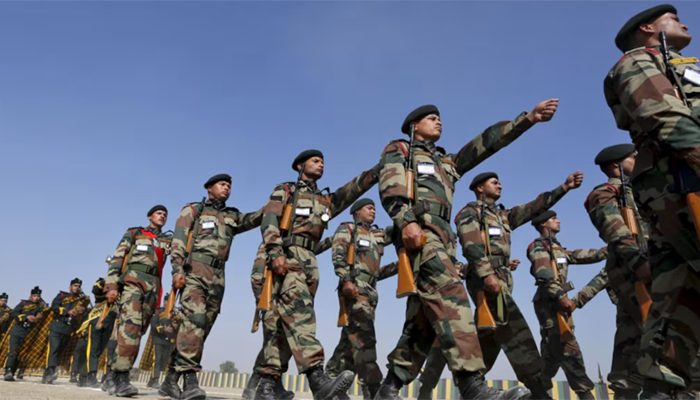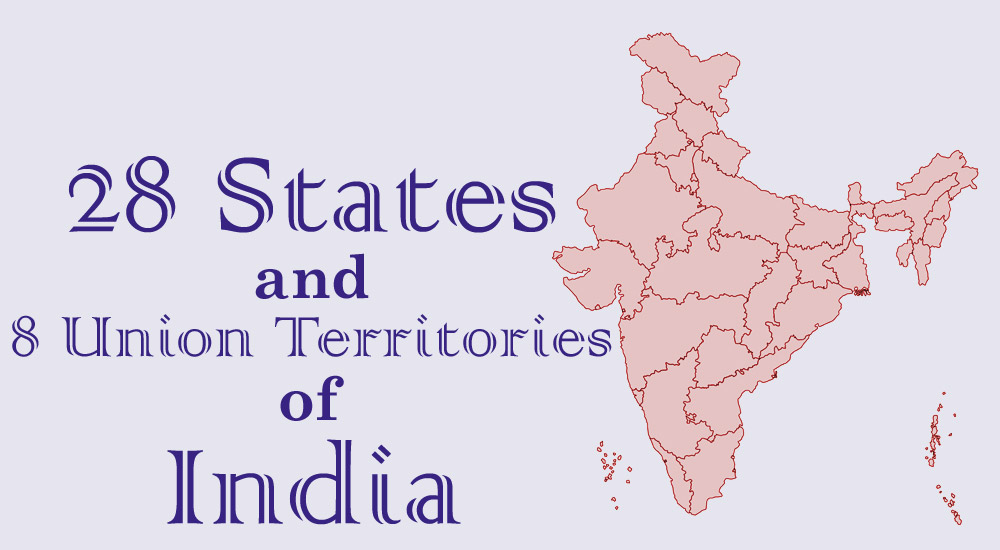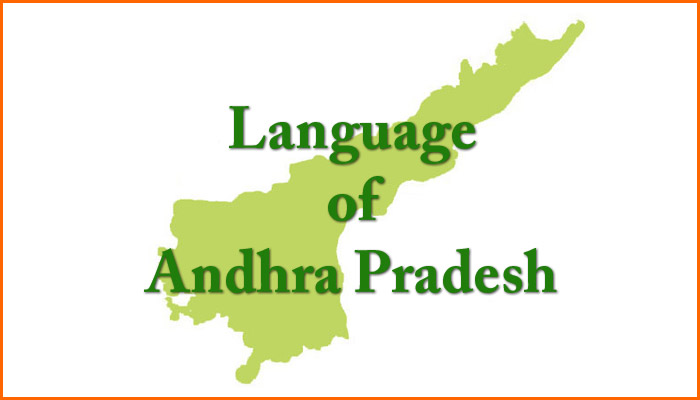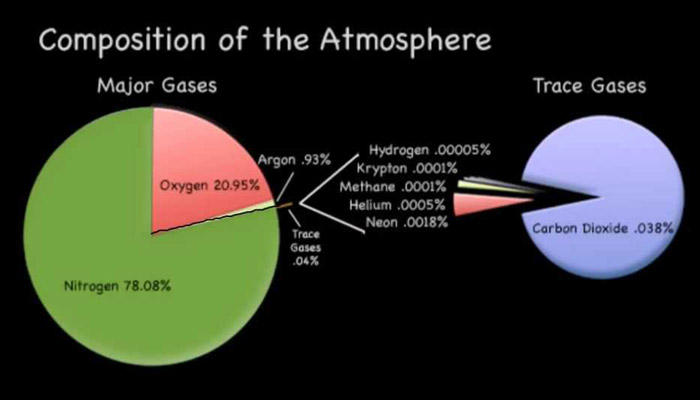By putting some interesting GK facts about Indian army before you, our aim is to let you realize the greatness of the Indian Army and its contributions to the country.
You have never lived until you have almost died,
— Capt R Subramanium Kirti Chakra (Posth)
And for those who choose to fight,Life has a special flavour,
The protected will never know!!!

Every country owns its stability to the three defences- the Army, the Navy and the Air Force. The defence services not just protect the country from invasions but also in case of any emergency then they are there to help. Be it floods, natural disasters or internal conflicts they are up for the challenge.
Table of Contents
Basic Information About Indian Army
Post-Independence in 1947 it was important of start a fresh for the protection of the country. Hence the Ministry of Defence was created. The Indian Army is commanded by the ‘Chief of Army Staff” and the headquarters is located in New Delhi. The Present Chief of Army Staff is General Dalbir Singh.
The currently Indian Army has seven operational commands that handle many aspects of the Army. Post -Independence the army was divided into commands based on the regions. The Seven commands are
- Southern Command
- Northern Command
- Western Command
- Eastern Command
- Central Command
- South Western Command
- ARTRAC
Southern Command
Of all the commands the oldest is the Southern Command and the headquarters is located Poona. It is also the largest command covering most of the country. The main role of the Southern command is to provide training, administrative support and over all support.It is the only command of the Indian Army that engaged in overseas. It has made its own place in the Army and worked many other armies for in exercises, performed disaster relief within and outside the country. The southern command has two centuries of spectacular history making it one of the best field army in the world.
Northern Command
Known as the Operational Command of the Army the motto is “Always in Combat’. Stationed in the northernmost state of Jammu and Kashmir the Northern Command is the command that guards the country’s border. The command guards the international border, the disputed borders, and the Line of Control.The Norther Command also engages in support in case of natural disasters as well as anongoing war with various terror outfits.
Western Command
The Western Command was a progression from the pre-independence Delhi Punjab Command and came in to being in 1948 post-Independence. The Western Command was instrumental in winning the three wars –Sino India War in 1962, Kashmir War-1965 and the Bangladesh War in 1971.The Western Command is known as the “The Land of the Brave.”
Eastern Command
The Eastern Command is responsible for guarding the eastern most part of India, especially the north eastern states. The Command came into force in 1939, and since 45 years has not just been guarding but also maintaining internal security as well as law and order. With its headquarters in Fort Williams in Kolkata, the Eastern Command’s motto is “Valour in Battle.”
Central Command
Since its inception in 1963 the Central Command has had 18 regiments and many training facilities and logistic centres. It has grown in leaps and bounds and provides internal security, operations, and aids the civil authorities in maintain law and order. The Central Command’s Headquarter is located in Lucknow.The insignia for the Central Command is the Sun in a round form which represents light and strength.
South Western Command
The youngest of all the Army Commands, the South Western Command has been in force since 15th April 2005. The command has 10 corps with the formation sign of the Chetak. The command is known as the “Ultimate Force of Decision.” The Command has 16 Maha Veer Chakras and 3 Param Veer Chakras to its credit. Its command centre is located in Jaipur.
ARTRAC
The Army Training Command or ARTRAC, was established on 01 October 1991 in Mwho, MP and then moved to Shimla on 31st March 1993. The philosophy of the command is
“”No soldier or officer should ever lose his life or limb in combat, because he was inadequately trained. That is the essence of training in the Indian Army.”
The ARTRAC is responsible for all training of all personal from soldiers to leaders who will make formations, mobilized, deploy and engage combat to win a wide range of conflicts. The duties of the command are to created and standardized doctrines of strategy, wars, tactics, logistics, operational art and development of Human Resources.
Indian Army Divisions
Apart from the commands the Army has close to 26 sub-divisions under the Arms & Services wing. These divisions include Infantry, the medical corps, dental corps, Ordnance corps, Corps of signals, Engineers, Air Defence, Armoured Corps. Artillery, Education, Postal Services Territorial Army. Military Police, Aviation Corps.
Top 10 Interesting Facts About Indian Army
- India has the largest volunteer army in the world. Though the constitution provides recruitment by force if required, all the Indian Army’s personal who serve have joined the army voluntarily continue to serve with pride and honor in what they do.
- No Cast Based Reservations Despite the fact that the rest of the Government organizations and institutions follow the reservations based on religion or caste, the Indian Army has no such policy and recruits anyone it finds fit to serve the country.
- Alongside the armies of Russia, USA, China and France, India also joins the list with its nuclear capability with its ICBM and AGNI-V.
- Located 5000 meters above mean sea level The Indian Army controls the Siachen Glacier which is the highest battel field in the entire world.
- The Indian Army deploys the world’s best mountain and high altitude warfare.
- The HAWS or High Altitude Warfare School of the India Army has trained special ops teams from US, UK and Russia for the fight against Taliban in Afghanistan.
- The Indian army has the credit of launching the nuclear arsenal test without the knowledge of the CIA. This was done as early as 1960 and in 1990.
- The Indian army was instrumental in the creation of the Bangladesh post the Indo-Pak War of 1971. The Indo-Pak war has the largest number of war prisoners post the WWW II.
- The fierce battle of Longewala was fought by 120 Indian Soldiers with minimum equipment of one jeep with M40 Recoilless rifle.They warded of 2000 Pakistani Soldiers who had 45 tanks, and 1 infantry brigade. The Battle end with the Indian Army winning over the Pakistan with the assistance of the Indian Air Force.
- The India Army’s Horsed Calvary Regiment is one of the only three in such Calvary in the world.


